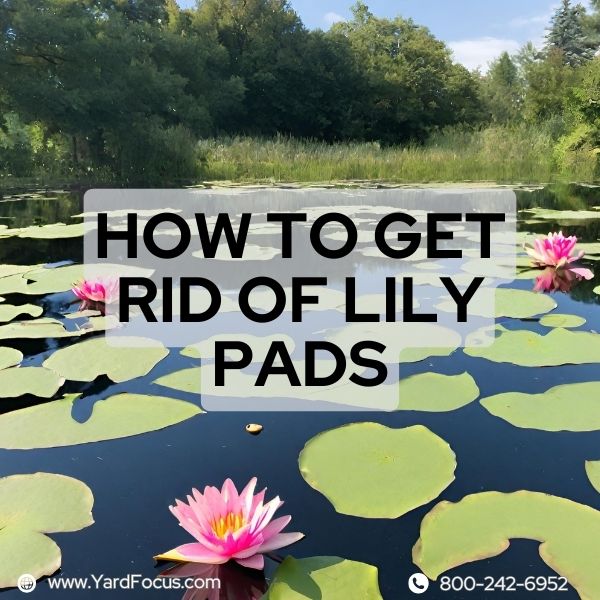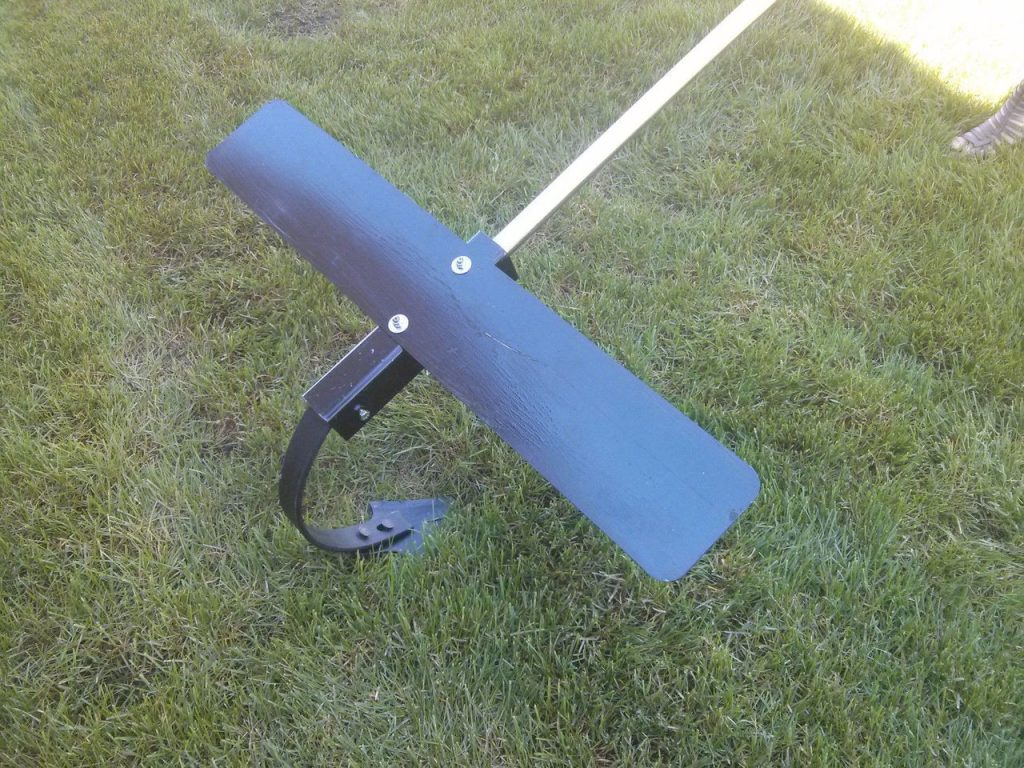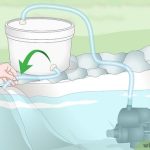Lily pads can be a beautiful addition to a pond, but when they start taking over and choking out other aquatic plants, they can become a nuisance. In this article, we will discuss various methods to effectively get rid of lily pads in a pond.
1. Manual Removal
One of the most straightforward methods to control lily pads is through manual removal. This involves physically pulling the lily pads out of the water. You can use a rake or a pitchfork to scoop them out. Be sure to remove the entire plant, including the roots, to prevent regrowth.
2. Cutting and Raking
Cutting and raking is another effective method for controlling lily pads. Use a sharp knife or a specialized aquatic weed cutter to cut the lily pads at their base. Once cut, use a rake to gather the cut lily pads and remove them from the pond.

Credit: m.youtube.com
3. Biological Control
Introducing natural predators can help control the growth of lily pads. Fish such as grass carp and koi feed on aquatic plants, including lily pads. However, be cautious when using this method, as these fish can also damage other aquatic plants in the pond.
4. Chemical Control
Using herbicides is a common method to eradicate lily pads. Selective herbicides designed specifically for aquatic plants can effectively kill lily pads while minimizing harm to other plants and aquatic life. Be sure to follow the manufacturer’s instructions when using herbicides.

Credit: www.yardfocus.com
5. Shade the Pond
Lily pads require sunlight to photosynthesize and grow. By shading the pond, you can prevent lily pads from thriving. Planting trees or installing shading structures around the pond can help reduce sunlight reaching the water’s surface, inhibiting lily pad growth.
6. Mechanical Removal
Mechanical removal involves using specialized equipment such as aquatic weed harvesters or suction dredgers to remove lily pads from the pond. This method is effective for large-scale lily pad infestations but may require professional assistance.
7. Preventative Measures
Preventing lily pads from taking over your pond is key to long-term management. Regularly inspect your pond for early signs of lily pad growth and take proactive measures to control them before they spread. Proper pond maintenance, including nutrient control and aeration, can help prevent lily pads from becoming a problem.
8. Consult with Experts
If you are unsure about the best method to get rid of lily pads in your pond, consider consulting with aquatic management professionals. They can assess the situation and recommend the most suitable control methods based on the size and condition of your pond.
Conclusion
Controlling lily pads in a pond requires a multi-faceted approach that may involve manual, chemical, or biological methods. By employing the right techniques and taking preventative measures, you can effectively manage lily pad growth and maintain a healthy pond ecosystem.




